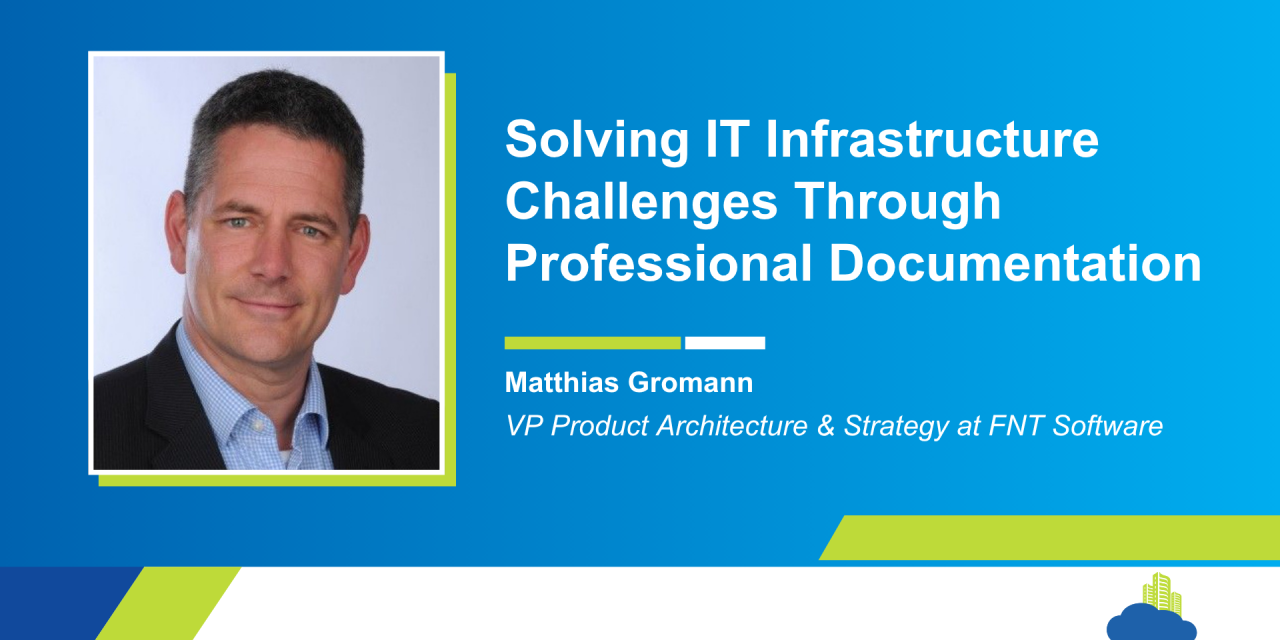In today’s hyperconnected, data-driven world, IT infrastructure is the backbone of virtually every business function. From managing customer data to powering smart manufacturing processes, the role of IT has never been more critical or more complex. Yet, as technologies advance and organizational demands increase, many IT departments are struggling to keep pace. Enter professional IT documentation: an often overlooked yet essential solution for ensuring stability, security, and scalability in modern IT environments.
The Changing IT Landscape: Challenges and Pressures
Digital transformation continues to reshape how companies operate, driving innovation but also introducing significant hurdles for IT infrastructure management.
One of the most pressing issues is the shortage of qualified IT personnel. This global skills gap is slowing down innovation and making it increasingly difficult to manage and maintain complex IT environments. Even emerging technologies like AI, often viewed as a solution to workforce shortages, require skilled implementation and oversight which exacerbates the very challenge they’re meant to address.
The complexity of IT environments is also growing rapidly. As businesses adopt hybrid cloud models, integrate Internet of Things (IoT) devices, and deploy AI-driven applications, their infrastructure becomes more fragmented and harder to manage effectively. The result is an increased risk of disruptions, security vulnerabilities, and inefficiencies.
In addition to these technical and operational challenges, organizations are facing increasing pressure to meet sustainability goals and comply with new regulations. Some laws now require businesses to track and disclose the environmental impact of their IT operations. Achieving these goals requires a high level of transparency and detailed records of resource consumption, energy use, and emissions.
Cybersecurity is another top priority, particularly as organizations move toward implementing Zero Trust architectures. However, establishing a Zero Trust model is complex and requires a complete, up-to-date view of every system component, user group, and access point. Without accurate documentation, these efforts are difficult to coordinate and execute.
The demand for greater performance and bandwidth is also pushing infrastructure to its limits. AI workloads, remote workforces, and globally distributed teams rely on fast, uninterrupted connectivity. This shift often requires major upgrades to physical infrastructure, such as moving from copper to fiber optics. Without reliable documentation, even minor errors in implementation, such as an incorrectly connected cable for example, can lead to major outages and costly disruptions.
Why Professional IT Documentation Matters
Given this complex and evolving landscape, professional IT documentation has become a critical enabler of efficient infrastructure management. Accurate documentation allows IT teams to rapidly identify and resolve technical issues. With a real-time view of systems and their interdependencies, they can pinpoint the source of problems quickly and minimize downtime. This directly improves business continuity and customer experience. It also enables optimized resource utilization. When all IT components and their connections are clearly documented, it becomes easier to avoid bottlenecks, identify underused assets, and ensure that resources are allocated efficiently across the organization.
Compliance and sustainability efforts benefit significantly from comprehensive documentation as well. Accurate records simplify regulatory reporting and make it easier to measure and manage energy usage, emissions, and environmental impact, which is crucial for meeting new mandates and demonstrating corporate responsibility.
From a security standpoint, professional documentation provides a full picture of the infrastructure, which is essential for implementing and managing security frameworks like Zero Trust. It ensures that all systems, user permissions, and vulnerabilities are accounted for, reducing the risk of oversight and enhancing protection.
Managing hybrid environments where on-premise and cloud systems coexist is far more efficient when IT documentation is centralized and complete. This visibility is vital for ensuring system performance, managing costs, and maintaining service availability. Professional IT documentation also plays a key role in enabling innovation. By offering a clear understanding of the existing infrastructure, it helps IT teams plan for and implement new technologies without compromising stability or security.
Furthermore, it supports strategic planning and implementation by reducing the risks associated with system upgrades and expansions. Detailed documentation makes it easier to anticipate challenges, align stakeholders, and execute projects with greater confidence and clarity.
Lastly, documentation supports sustainability initiatives by tracking the energy efficiency of IT systems and helping organizations identify opportunities to reduce CO2 emissions and environmental impact.
The Digital Twin Advantage
One of the most powerful tools in professional IT documentation is the digital twin, a virtual representation of an organization’s physical infrastructure. This comprehensive model provides a holistic view of systems, connections, and dependencies, making it possible to simulate changes, plan upgrades, and respond to disruptions with greater accuracy.
In industries like telecommunications, for example, digital twins allow IT teams to detect network issues early, reroute traffic, and dispatch field technicians with the right replacement components, often before customers even notice a problem. The same approach is key for managing IoT resources, AI workloads, and sustainability initiatives.
Turning Challenges into Opportunities
While the road ahead is complex, organizations that invest in professional IT documentation will be better equipped to handle the challenges of modern infrastructure management. More importantly, they’ll be positioned to turn those challenges into opportunities, enhancing performance, improving security, and driving innovation.
As the IT landscape continues to evolve, now is the time to ask: Is your infrastructure thoroughly documented, securely managed, and prepared for what’s next? With the right tools and strategies in place, you can build a resilient, future-ready IT foundation that supports growth, compliance, and long-term success.
# # #
About the Author
Matthias Gromann is VP Product Architecture & Strategy at FNT Software, a leading provider of IT, data center, and network infrastructure management solutions based in Ellwangen, Germany. With a strong background in product design, development, and strategic planning, he plays a key role in shaping FNT’s innovative software solutions, helping global enterprises optimize the operations of their critical infrastructures and drive digital transformation.


